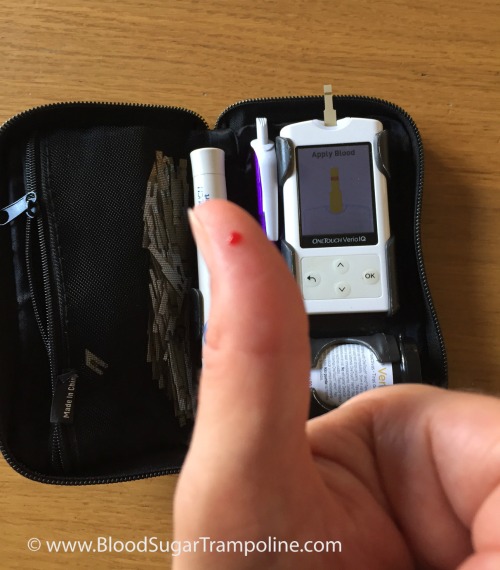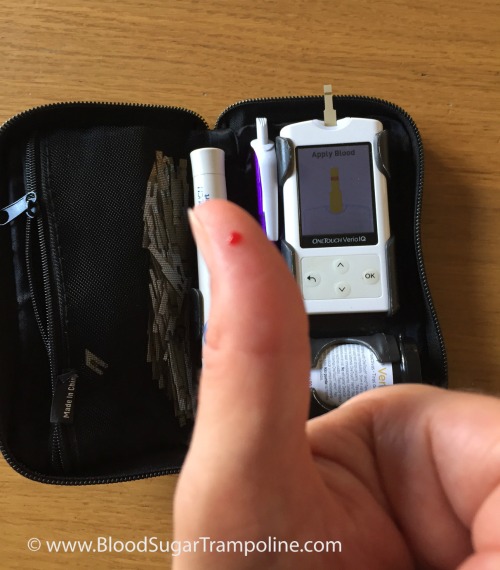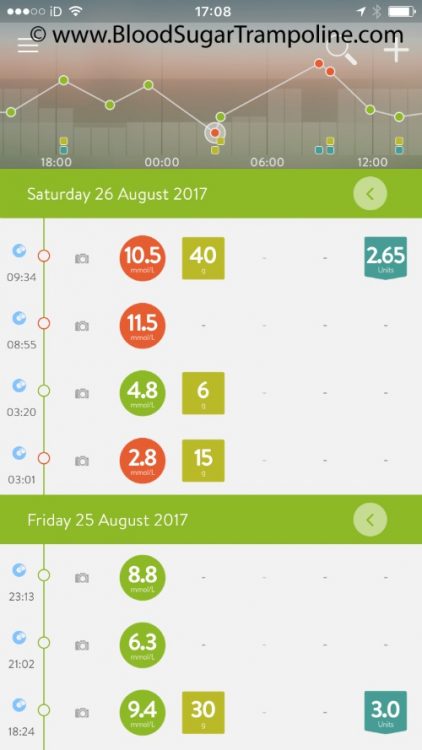The general consensus around the availability of continuous glucose monitoring (CGM) systems in Ireland among patients and health professionals is that they are only for the select few. And while this may be somewhat true I believe that this conversation will change very soon. By the way, do not be put off by what I just said about them not being available right now; if a CGM is something you feel would make a difference in your diabetes management then go for it! Here's a post I did soon after I got mine on how I got it.
** Another by the way I would like to mention is that nobody pays me, in any way, to say what I say in my blog posts. All opinions are completely my own.
Why do I think that the conversation around CGM’s is changing?
Well three reasons and I'm starting with the most powerful but least heard reason;
1.The conversation is changing because of our (people with diabetes) voices!
More people with diabetes are using CGM's. Not many more. But more! More people with diabetes know that such devices exist. More newly diagnosed people with diabetes are hearing about it sooner and from outside the healthcare environment. More people with diabetes are talking to each other about the benefits they find using a CGM. And we are bringing all of that information back to our health care providers where they will get tired of saying “no”.
2. The conversation is changing because of the Abbott Freestyle Libre!
Since the Libre Flash glucose monitor came onto the scene, even more people with diabetes have access to their 24-hour glucose profile and a lot more front line health care professionals are seeing the benefits to their patients in having this information. Up until the launch of the Libre, only a few of us could share how much having a 24-hour glucose profile helped us manage our diabetes better. I feel we were considered exceptional patients but the reality is that we were just making better informed decisions. With more and more people having access to 24-hour glucose profile, be it via a CGM or the Libre, the exception is now becoming the rule. ;-)
3. The conversation is changing because of new research from the medical community!
Our health care providers are starting to listen to us. There are many, many more clinical trials proving that CGM improves our lives with diabetes and there are more clinical trials and studies are using CGM’s to get a more complete picture of their results.
Just last month, there were two Clinical research papers on CGM's were published; - One from JDRF states CGM use during pregnancy lead to healthier babies and healthier mothers.
- The other research paper came from the EASD in Lisbon, Portugal — “Use of real-time continuous glucose monitoring (CGM) produces significant long-term improvement in HbA1c among adult patients with type 1 diabetes, regardless of whether they use insulin pumps or multiple daily insulin injections (MDI)”
- February 2017 - Clinical Study Confirms Continuous Glucose Monitoring is as Safe and Effective as Blood Glucose Monitoring
- September 2016 - The Future of Diabetes Clinical Trials; Continuous Glucose Monitoring
- Have a look at DiaTribe's Beyond A1C video.
All the voices in favour of the benefits or CGM are growing louder and louder and coming from more than just the patient community. They cannot be ignored for very much longer. The governments of the world will see it as wise to invest in cgms and save on treating diabetes complications later. And we, the people living with diabetes, are driving that conversation. :-)





 Before breakfast, I checked my levels again; they were in target, so I took my insulin for my regular weekend breakfast of tea and toast also known as 40g of carbs and then ate it.
Before breakfast, I checked my levels again; they were in target, so I took my insulin for my regular weekend breakfast of tea and toast also known as 40g of carbs and then ate it. When my children were younger, I was asked a couple of times about how I balance life as a mum and life as a person with type 1 diabetes. It was definitely a challenge to juggle parenting with anything but that's not news to any parent.
Now that my children are older (13 & 11) I can look back on what were the tough parts and what were the “advantages” of being a mum with type 1 diabetes.
When my children were younger, I was asked a couple of times about how I balance life as a mum and life as a person with type 1 diabetes. It was definitely a challenge to juggle parenting with anything but that's not news to any parent.
Now that my children are older (13 & 11) I can look back on what were the tough parts and what were the “advantages” of being a mum with type 1 diabetes.



